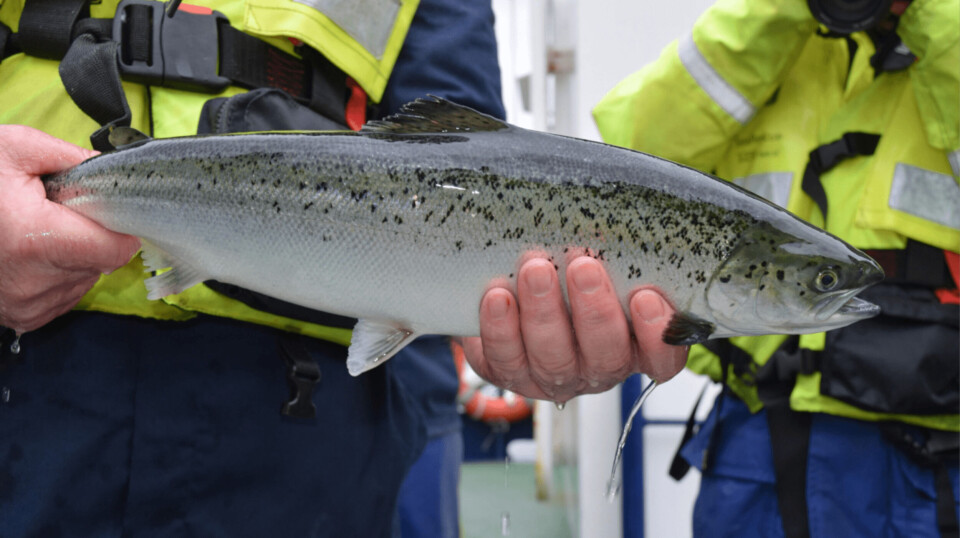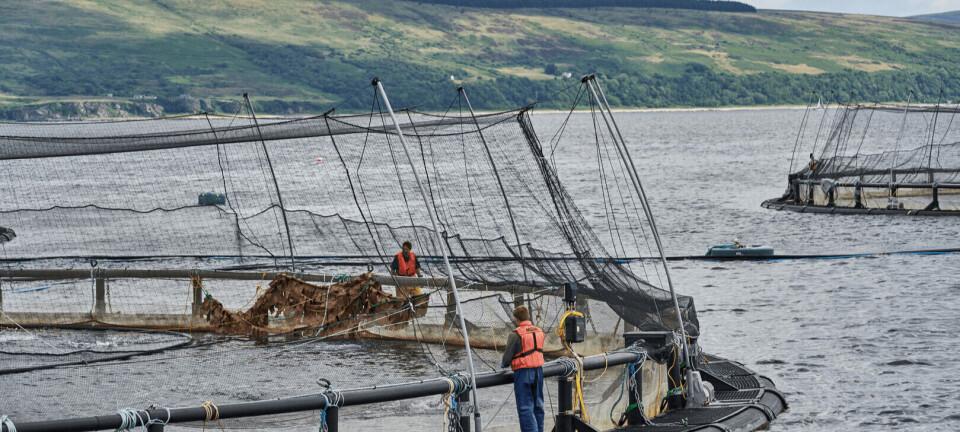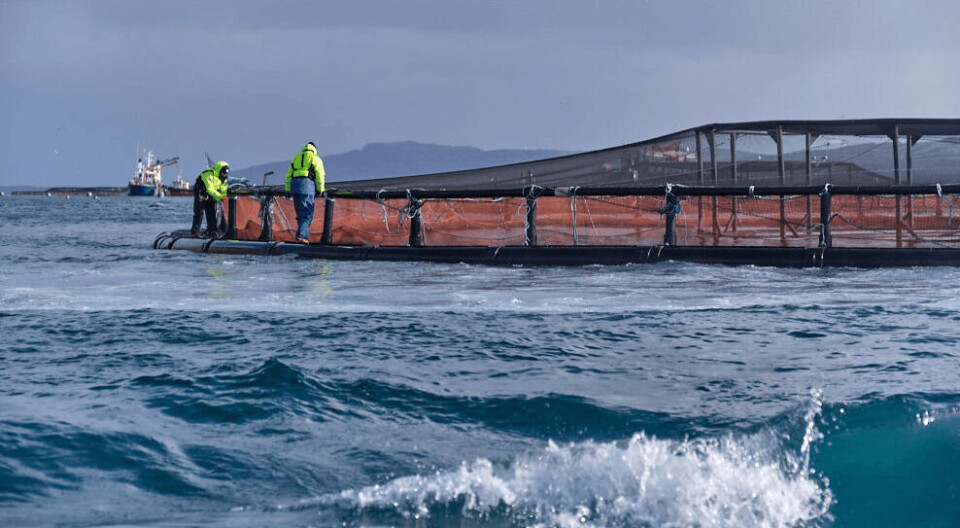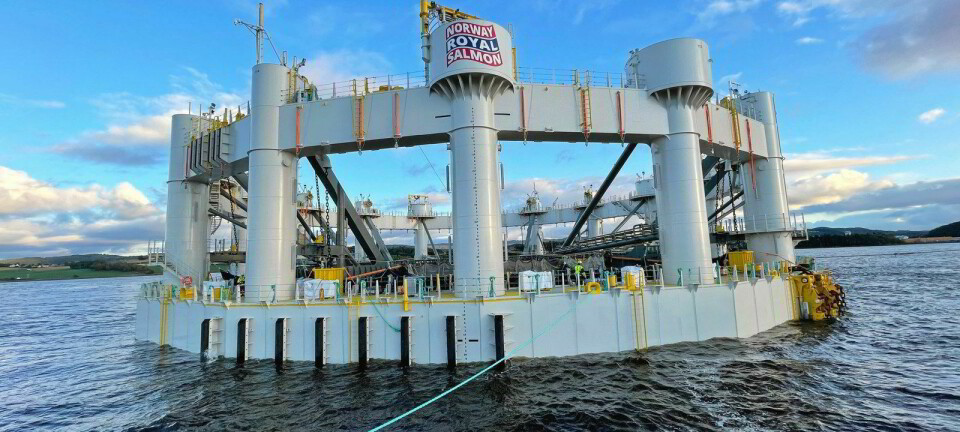
Fish farm licence changes remain frozen, confirms Scottish Government
SEPA statement that it 'will continue to implement' sea lice framework doesn't mean new limits will be imposed before appeals are heard
The Scottish Government has reiterated that controversial changes to Scottish Environment Protection Agency’s CAR licences for existing salmonid farms won’t be implemented until 210 appeals by fish farmers have been determined.
The changes follow SEPA’s development of its Sea Lice Regulatory Framework (SLRF) designed to mitigate the perceived impact of sea lice from fish farms on migrating wild salmon smolts. The changes introduce site-specific sea lice limits and a new requirement to report live fish numbers.
The appeals have been made to the Scottish Government’s Directorate of Planning and Environmental Appeals (DPEA). In an article about the appeals published in news site The Ferret this week, a SEPA spokesperson was quoted as saying that the agency “will continue to implement the Sea Lice Regulatory Framework to ensure environmental protection from existing and new development”.
This appeared to contradict earlier information given to Fish Farming Expert by the Scottish Government that any changes to existing fish farm licences “will not take effect until the day following the day on which the appeals are finally determined or withdrawn”.
The Scottish Government has since confirmed that the licence changes are frozen, and that SEPA’s continuation of the Framework referred to the agency responding to the DPEA about the appeals.
The appeals process is a legitimate part of the operation of the Framework, and SEPA continues to implement the Framework by responding to the appeals as well as by continuing to implement the framework as directed to ensure environmental protection for new developments
A spokesperson said: “New conditions will not apply to existing fish farms which have appealed them until those appeals are resolved. The appeals process is a legitimate part of the operation of the Framework, and SEPA continues to implement the Framework by responding to the appeals [to the DPEA], as well as by continuing to implement the framework as directed to ensure environmental protection for new developments.”
Asked whether each appeal would be dealt with individually, or all together, the spokesperson said: “DPEA are currently considering how to handle these appeals and parties will be informed of these conclusions in due course.”
The CAR (Controlled Activities Regulations) licences issued by SEPA have until now been used to limit impacts on the environment by setting site-specific limits on the volume of fish that can be held in the cages and the volume of medicines and chemicals that can be used.
The variations to the licences follow a decision to make SEPA the lead agency for managing sea lice and wild salmon interactions, which led to the development of the SLRF. The agency believes the changes will protect migrating wild salmon smolts from sea lice theoretically emanating from fish farms.
Unnecessary and flawed
Fish farmers say the changes are unnecessary, flawed, and could lead to higher stock mortality because of increased sea lice treatments carried out when they are not required for the health of the farmed fish.
They have appealed variations to 210 licences, claiming that the “standstill” lice figure for each site is based on historic data that is unduly limited, unrepresentative and / or unrelated to the site. They also argue that the standstill figure penalises past good performance in sea lice management.
Farmers also allege that SEPA’s attempted imposition of standstill conditions is illegal because it fails to take account of environmental management plans (EMPs) relating to the management and treatment of sea lice at sites, impact on fish health and good aquaculture management practices, and economic impacts.
The farmers also argue that the requirement to report commercially sensitive live fish numbers creates potential harms in respect of competition and question the lice dispersion and impact modelling used by SEPA.
Not validated
Ben Hadfield, boss of salmon farmer Mowi Scotland, said last year that the model uses a very low impact threshold which equates to detectable effects on wild salmon smolt behaviour but not levels that would induce high mortality.
“It assumes all salmon farm biomass is constantly at its maximum, which it is not and, crucially, it is yet to undergo full validation to remove layer upon layer of over-precautionary assumption in order to attain a realistic correlation,” said Hadfield.
“If this is not changed, then it will overregulate and force unnecessary treatment of farm-raised salmon which will challenge the high welfare of stocks, which all salmon farmers work for daily.”

























































